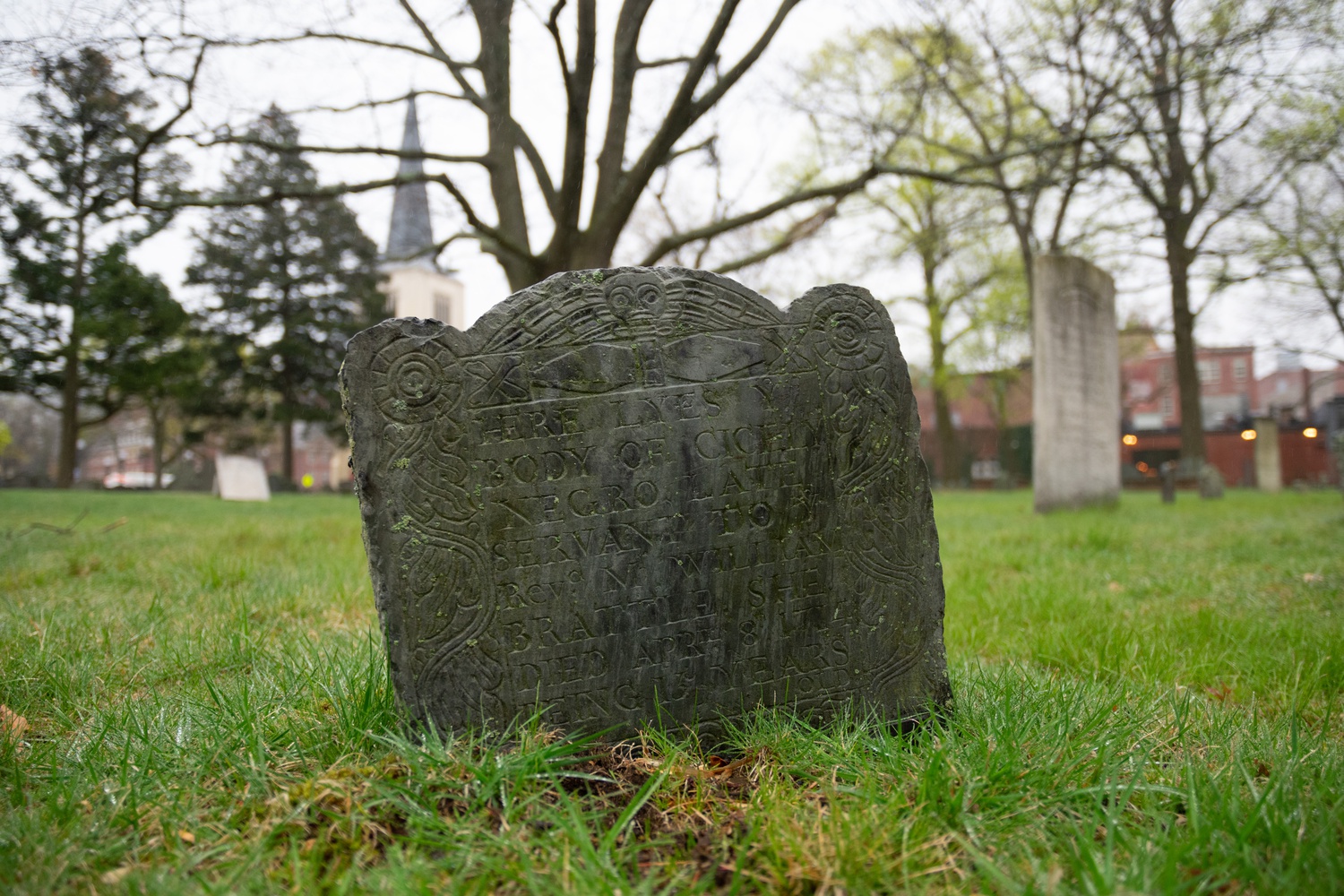
News
Summers Will Not Finish Semester of Teaching as Harvard Investigates Epstein Ties

News
Harvard College Students Report Favoring Divestment from Israel in HUA Survey

News
‘He Should Resign’: Harvard Undergrads Take Hard Line Against Summers Over Epstein Scandal

News
Harvard To Launch New Investigation Into Epstein’s Ties to Summers, Other University Affiliates

News
Harvard Students To Vote on Divestment From Israel in Inaugural HUA Election Survey
Harvard is Closing its Doors to Those That Built It

To be a descendant of slavery is to be an “other” within the Black community at Harvard. The time is now to dig beyond the surface of a diverse community and interrogate all facets of Black representation: Who is being left behind and how can Harvard reimagine what diversity looks like as it remembers the mark that slavery has left on its descendants?
According to Harvard professor Henry Louis “Skip” Gates Jr., between one-half and two-thirds of Black students at Harvard in 2004 were either West Indian and African immigrants or their children, or children of biracial couples. This would mean that descendants of slavery in America — those known as Generational African Americans — are starkly underrepresented.
The term “Generational African American” was coined by Reverend Isaiah Webb, grandfather of Samantha C. W. O’Sullivan ’22. O’Sullivan was the founder of the Generational African American Students Association at Harvard.
In 2015, U.S.-born Black households had a median income and educational attainment level that was about 30 percent and 7 percent lower, respectively, than that of Black immigrant households. This likely causes more Generational African Americans to sit at the intersection of low socioeconomic status and being first-generation college students — a combination that has both proven to serve as a barrier to college admission and has strong ties to slavery.
The Generational African American identity is one that has endured more pain and perseverance than one can imagine — pain and perseverance that has not ceased to penetrate our lives today. The socioeconomic effects of slavery and oppression under Jim Crow are alive and well and continue to exist as a boundary to higher education for those who are descended from those who experienced its restrictions.
Harvard is an institution that, given its ties to slavery, has a reparative responsibility to Generational African Americans.
Previous instances of this conversation have incited conflict amongst Black groups across the diaspora. College admissions is not a zero-sum game and the purpose of this discussion is to point out a disparity, not to disunify the Black community. Rather than this raising a question of whether Black immigrants are deserving of their hard-earned seats at these elite institutions (which is not even up for discussion), I wish to call on Harvard to recognize their failure at ensuring the representation of Generational African American descendants of slavery.
It is integral that college admissions committees stop treating Blackness as a monolith. Harvard is hiding behind the checkbox of “Black/African American.” Rather than taking time to truly appreciate the unique perspective that each and every Black person brings with them, and allowing space for more nuanced identification, this checkbox collapses the multifaceted Black experience into one category.
In the wake of the lawsuit between the Students for Fair Admissions v. Harvard College, universities across the country are looking to Harvard to stand for diversity. Even if affirmative action is deemed unconstitutional, institutions like Harvard are responsible for ensuring that diversity is maintained. Harvard should set a precedent — one that takes accountability for its part in the legacy of slavery not solely through a public report, but through the recognition of the deficit of descendants on this campus.
So where do we go from here? As a Generational African American at Harvard myself, I wish I had the statistics to describe the feeling of otherness that stems from being a minority within a minority. Therefore, the first step to improving representation among Generational African American students is to offer a more specific breakdown of Black identities. Then, the schools can quantify the disparity and potentially understand the drivers and its connection to the legacy of slavery. Whether Harvard is aware of the issue and simply chooses to ignore it, or if they do not notice it at all, it is their responsibility to fix it.
Either way, to be a school so publicly claiming responsibility for its part in perpetuating the egregious legacy of slavery, Harvard must grapple with the fact that it so often closes its doors to those same students whose ancestors built it.
Michaela K. Glavin ’25, a Crimson Editorial editor, is a Neuroscience concentrator in Adams House.

Want to keep up with breaking news? Subscribe to our email newsletter.
